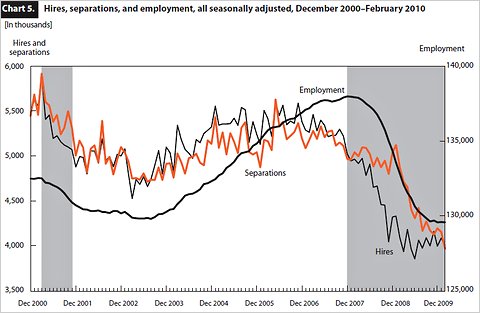Yet that didn’t stop him from signing a deal with Martha Stewart — his “new best friend,” according to an e-mail — even though she already had an exclusive deal with Macy’s. “Macy’s deal is key. We need to find a way to break the renewal right in spring 2013,” he wrote in one message. “The ball is in her court now to talk to Macy’s about a break in a tight, exclusive agreement they have with her,” he said in another.
The e-mails emerged this week in a New York courtroom, where Macy’s has accused J. C. Penney of inducing Martha Stewart to breach her contract and is trying to block its rival from carrying out its plan to open Martha Stewart boutiques inside J. C. Penney stores.
J. C. Penney has been floundering — it recently reported a staggering $4.28 billion loss in sales for the year since Mr. Johnson became chief executive and announced the layoff of 2,200 workers this week. Its shares have dropped more than 60 percent. So the star-crossed Martha Stewart deal may not be its biggest problem.
But it’s a purely self-inflicted one. With calls mounting for Mr. Johnson’s ouster, the deal is also a window into his judgment, experience and management skills.
“I’m very concerned that this could be a fatal blow to J. C. Penney,” said Walter Loeb, a veteran retail analyst, referring to the lawsuit. That Mr. Johnson “would talk about ‘breaking’ a deal between Martha Stewart and Macy’s is simply incredible. Ron Johnson has never been a chief executive, and I can only assume this reflects his naïveté and lack of experience.”
Much of the coverage of the trial has focused on the appearance in court of Ms. Stewart, nine years since her conviction and sentencing on federal felony charges of false statements regarding her sale of shares in ImClone Systems (she also settled civil insider trading charges without admitting or denying them).
At one point this week she told the presiding judge, Justice Jeffrey K. Oing of New York State Supreme Court, “I keep looking at this entire episode of this lawsuit wondering why it isn’t — it’s a contract dispute, an understanding of what is written on the page, and it just boggles my mind that we’re here sitting in front of you.”
Justice Oing seemed to agree, and on Thursday ordered the parties to pursue mediation to resolve the matter. Legal experts I spoke to also expressed incredulity that the costly and time-consuming dispute has ended up in court, since the contract itself seems straightforward, with numerous clauses giving Macy’s exclusive rights to Martha Stewart products in various categories, including “soft home,” like sheets and towels, as well as housewares, home décor and cookware, and specifically limits her rights to distribute her products through any other “department store.”
J. C. Penney is undeniably a department store and one of Macy’s major competitors. So the only issue is whether a Martha Stewart boutique within a J. C. Penney store would qualify as a separate Martha Stewart store, since the contract states that the restrictions “shall not apply” to products “marketed or promoted” through the MSLO Web site “or MSLO store.” (MSLO is the often-used acronym for Martha Stewart Living Omnimedia.)
Even that shouldn’t be hard to determine. Charles Fried, a noted professor of contracts at Harvard Law School, told me that the law is well settled that contracts should be interpreted according to the plain meaning of their words and should reflect the intent of the parties, and that technical or specialized terms should be interpreted according to trade usage. While he said he didn’t want to comment on the Macy’s contract itself, he said, “Whether a boutique inside J. C. Penney qualifies as a Martha Stewart store shouldn’t be difficult to determine based on prevailing standards in the retail industry.”
In that regard, Mr. Johnson testified that J. C. Penney, and not Martha Stewart Living Omnmedia, would set prices of the merchandise, decide when it would be promoted, employ the people who sold the goods, own the goods, source the goods, book the sales, bear the risk and own the shop. No space would be leased to Martha Stewart’s company. J. C. Penney contended nonetheless that any space displaying the Martha Stewart mark and containing Martha Stewart merchandise qualified as a store.
Article source: http://www.nytimes.com/2013/03/09/business/the-headache-in-housewares-for-j-c-penney.html?partner=rss&emc=rss

